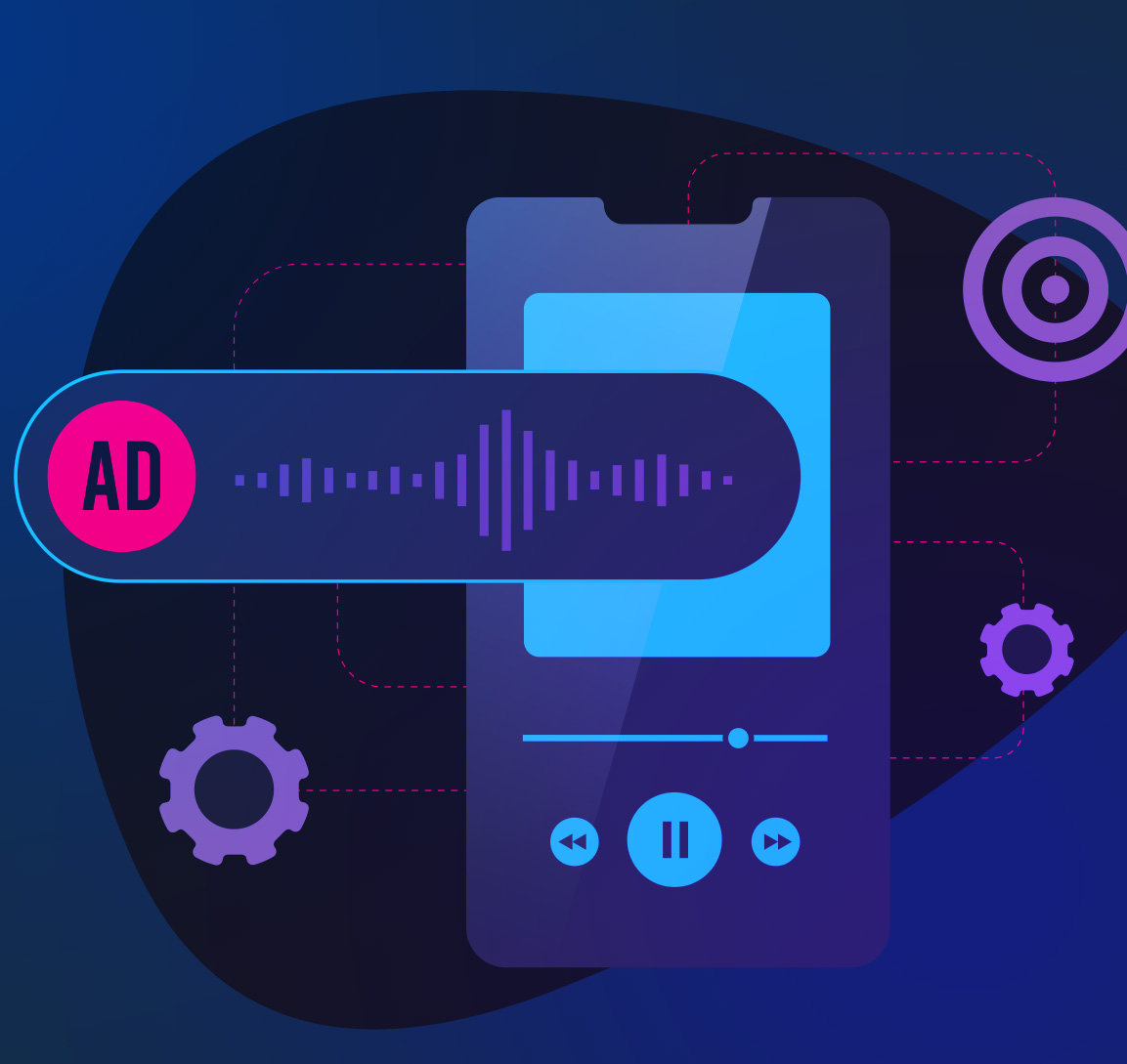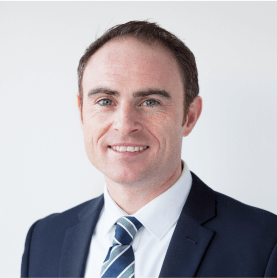Summary:
- Google is in the process of turning off cookies for Chrome users, a lion’s share of the browsing market.
- This could affect the number of conversions advertisers can report on, necessitating change to their measurement and attribution models.
- Veritone One is ahead of the game here, using tracking methodologies that are unaffected by this change and continually updating our approach to deliver accuracy and campaign optimization.
A World Without Cookies?
First things first: internet cookies may be much-maligned (no one really likes navigating those permission banners when they visit a new site, do they?) but they can be very useful for a consumer.
For example, cookies save the items in your shopping cart when you leave a website—as well as your login info when you come back to it. But they’re also a useful tool for advertisers, allowing them to target and re-target users based on their web history and interests. As such, they’ve served as an integral part of the ecommerce experience.
Until now.
As we entered 2024, Google phased out cookies for 1% of Google Chrome users, which amounts to approximately 30M users. This will limit cross-site tracking by restricting website access to third-party cookies by default.
By this time next year, Google plans to officially phase out cookies for 100% of Chrome users. And that’s significant: Google currently holds 66% of the browsing market share.
Now, you might ask yourself, why would Google do that?
Google is shifting to a proprietary algorithm, one that better tracks users and is a lot more secure and private than cookies, which traditionally track users across the web and may leave them vulnerable to privacy breaches.
This is good news for Google and advertisers that advertise on Google. It’s a challenge, however, for those that use other marketing platforms that still rely on cookies and older methods to target users.
That’s because this change in cookie policy will impact audience targeting and how advertisers track and record data and attribution models (such as First-Click and Multi-Touch). While clients should not see a dip in sales, advertisers can expect fewer reported conversions—which may have the unintended effect of making campaigns seem less effective.
As advertisers, we know this isn’t ideal. But there are ways to approach this and stay ahead of the game, and Veritone One is here to help. By acknowledging the changing landscape of digital advertising—and adapting to a few of the strategies below—advertisers can continue to leverage efficient targeting tactics and combat a cookieless future.
Targeting Through First-Party Data
One way to circumvent cookie depreciation? Invest in your first-party data, or CRM.
Collection of users’ first-party data is not affected by Google’s emerging cookie policy. Additionally, first-party data has always been considered inherently more privacy-compliant than third-party data.
First-party data also allows for strong hyper-personalization: brands can tailor their own data based on users’ individual preferences and behavior, and from there build custom audiences to target and retarget.
Plus, brands can collaborate with advertising and measurement partners by sharing that personal data, allowing partners to onboard and build a lookalike or retargeting audience. This can both expand reach and increase customer lifetime value for the brand.
Second- and Third-Party Data
From a vendor perspective, as well, the depreciation of cookies should be no cause for concern, as vendors can continue to provide brands with second- and third-party data to further identify consumers’ demographics and priorities. Second-party data would consist of the vendor’s site-owned information, such as a user’s age, gender, and geographical location, provided by said user when they set up an account on that site. Third-party data, meanwhile, is anonymized data from partners like Experian that vendors can use to match with email addresses or device IDs.
Neither of these sources of information rely on cookies; as such, we don’t anticipate any reduction of fidelity on vendors’ recruitment processes.
Consider Contextual Targeting
While cookie-based targeting uses the historical behavior of individual users, advertisers can easily target ads based on the actual site, audio, or video content that a user is currently consuming, placing relevant ads that align with the content consumed. Your ultimate goal with this approach is to serve an ad that complements a consumer’s current “interest,” regardless of who the user is or their past browsing history.
What about reporting?
From a reporting perspective, the end of third-party tracking cookies can certainly disrupt an advertiser’s strategy—but it’s not the end-all be-all of how advertisers can demonstrate successful campaigns. On the question of pixel tracking, consider the approaches below.
Claritas
Claritas has never been fully dependent on cookies as a measurement solution; as such, they are very well prepared to navigate this change.
Instead, Claritas uses their proprietary Identity Graph, encompassing a comprehensive product suite, to connect with consumers beyond the cookie. This includes a combination of data from the US Census, American Community Survey, and First Part Financial Track Survey, as well as third-party data for financial-related data points. It allows them to identify an audience with data points rooted in who users are and what their household looks like, including their IP address, postal data, segmentation and demographic information, financial and product consumption history, and more.
On top of this, Claritas is rolling out an AI-Driven In-Campaign Targeting Enhancement Beta in the service of driving more conversions. This feature is based on over ten-thousand highly predictive demographic and behavioral indicators, allowing advertisers to hone in on the best-performing audiences week over week. So far, results are promising: in an initial testing phase of over 350 campaigns, advertisers saw an average of over 15% increase in performance with the same volume of impressions.
Podscribe
Podscribe, too, has long transitioned away from the use of third-party cookies. Their web tag instead sets a first-party cookie, which will remain unaffected by Google’s policy.
When possible, Podscribe also requests that brands include first-party data with conversion events, such as hashed emails, which tend to have a better match rate to household IP addresses in the Tapad Device graph and allow Podscribe to match cross-IP conversions with better accuracy. They also rely on mobile ad IDs (IDFA, GAID) for in-app events.
These first-party data points not only improve the accuracy of their tracking methodology—they also future-proof that methodology pretty handily.
Brand Lift Studies
Great news here! Brand study vendors don’t rely on cookies for recruitment, so brand lift studies do not appear to be impacted at all. We don’t anticipate any reduction in the fidelity of brand study recruitment processes arising from the depreciation of cookies.
Brands have a direct integration with partners like Nielsen and Kantar, which allows them to use ad-log data in lieu of cookies and tags. Instead, first-party data comes from logged-in data and device data. For third-party audience data, they leverage device IDs to reach audiences through our data partners.
Since these partners are already set up in a cookieless environment, Google’s cookie ruling does not affect them.
And don’t worry—Veritone One is on it.
The best news? Veritone One is already implementing these solutions to stay ahead!
In a landscape where change is the only certainty, Veritone One again emerges as a beacon of innovation. Our winning combination of awareness and preparedness have left us with no concern that the depreciation of cookies should impact our business. By proactively adapting our strategies to meet the technological landscape of today and beyond, we can continue to outpace the dynamic shifts in the advertising world and scale positively for our clients.
Edited by Rubi Mora








